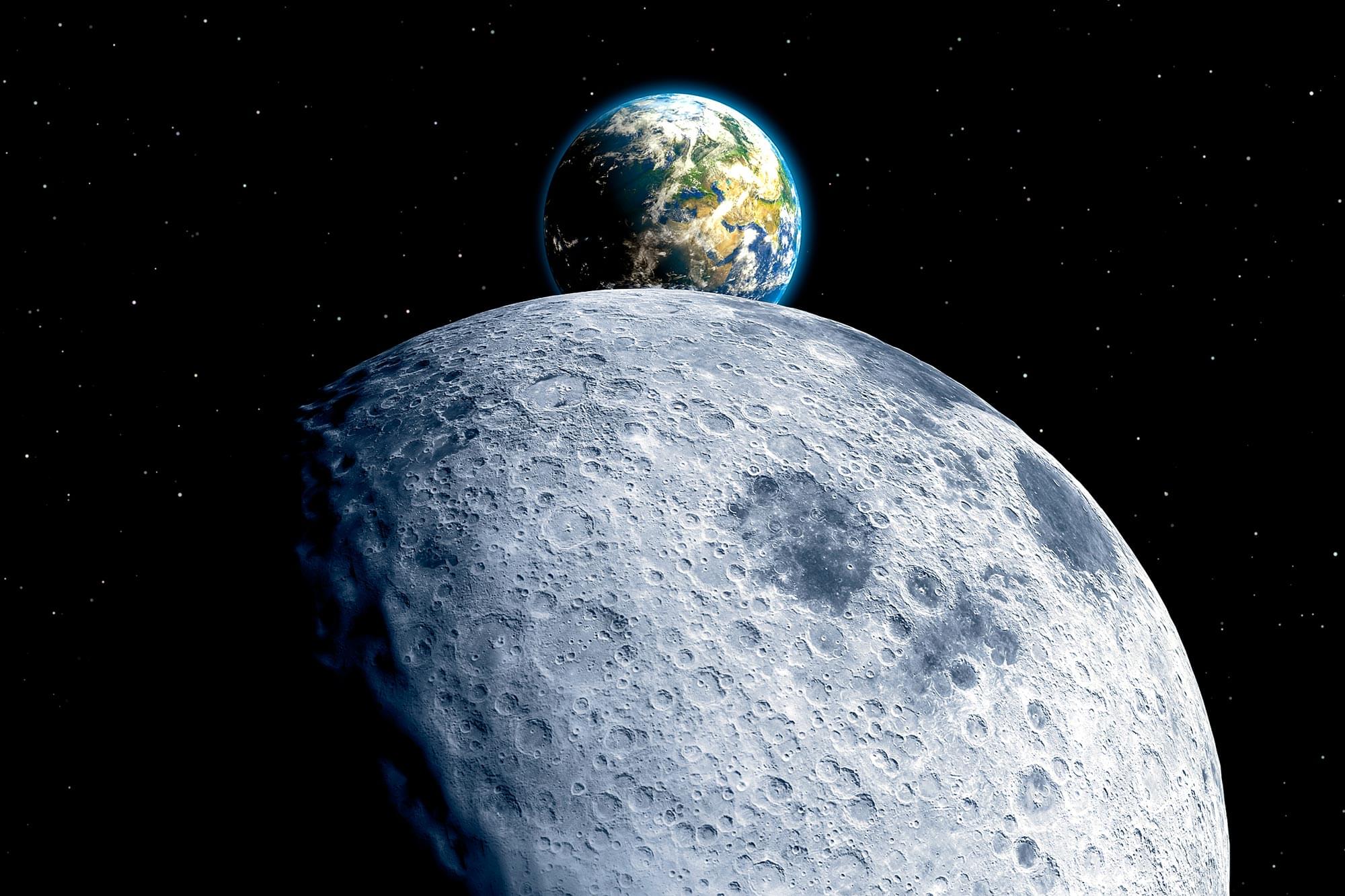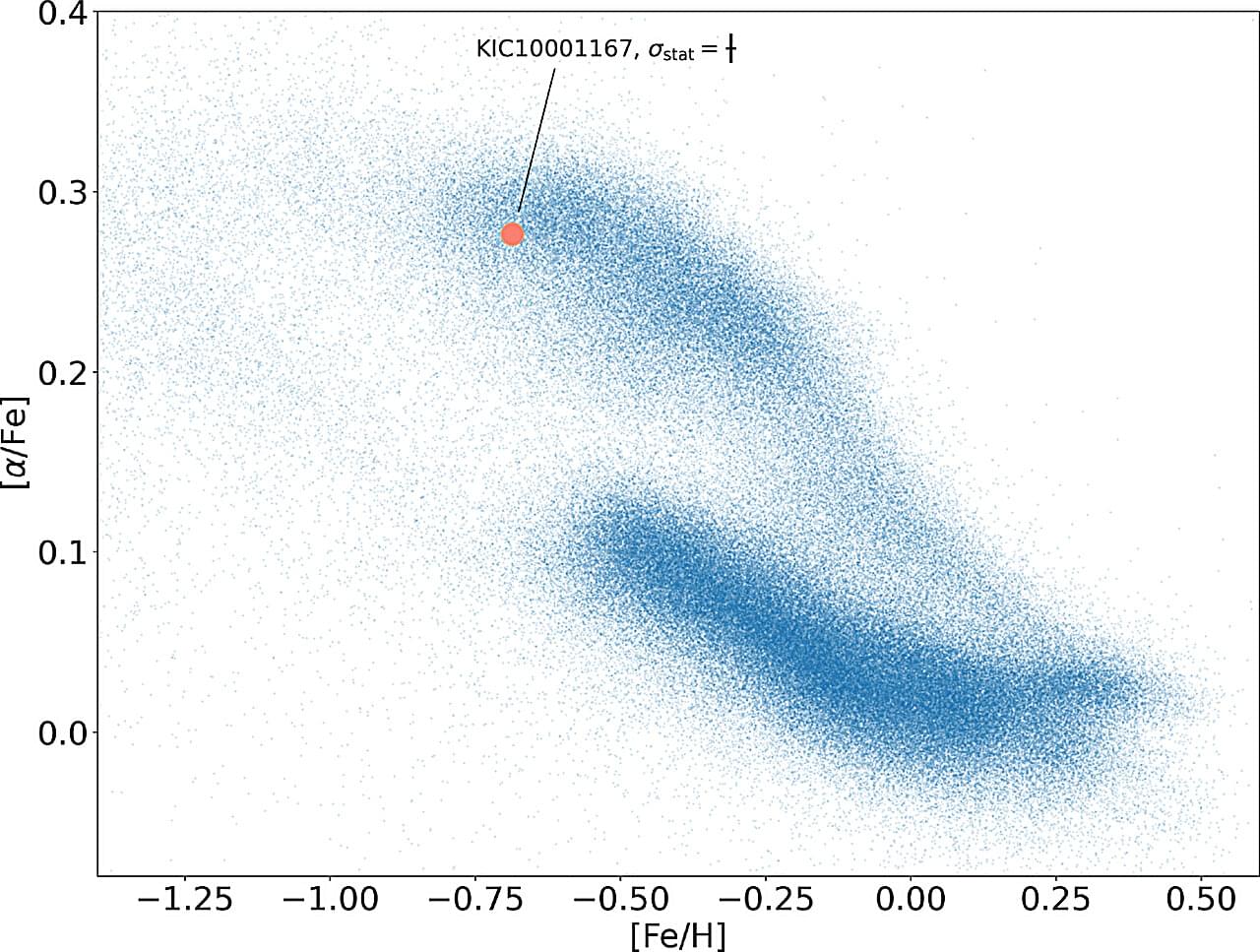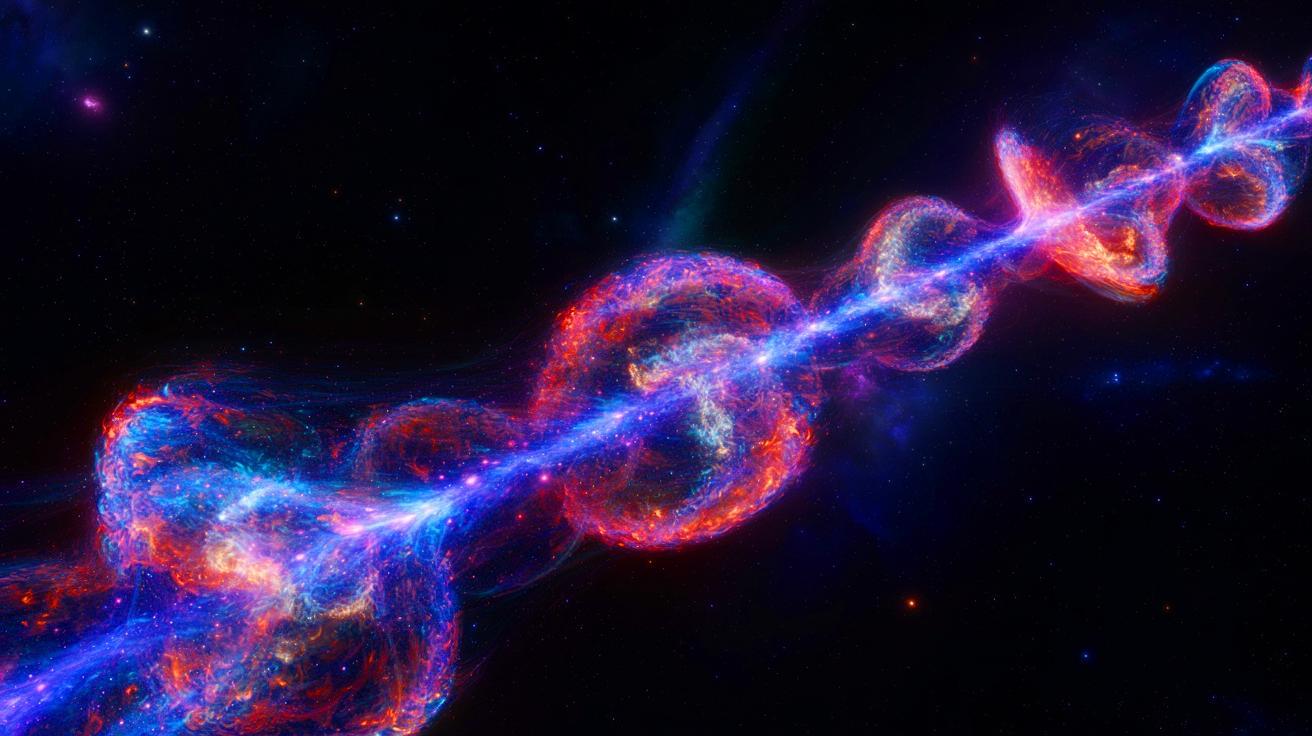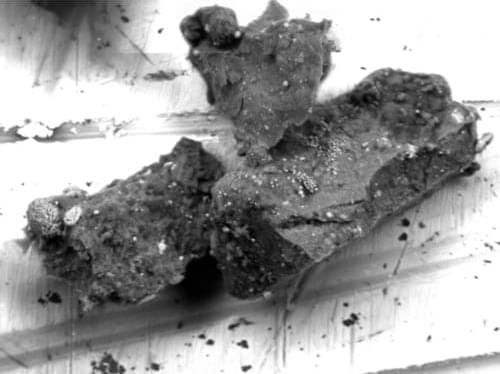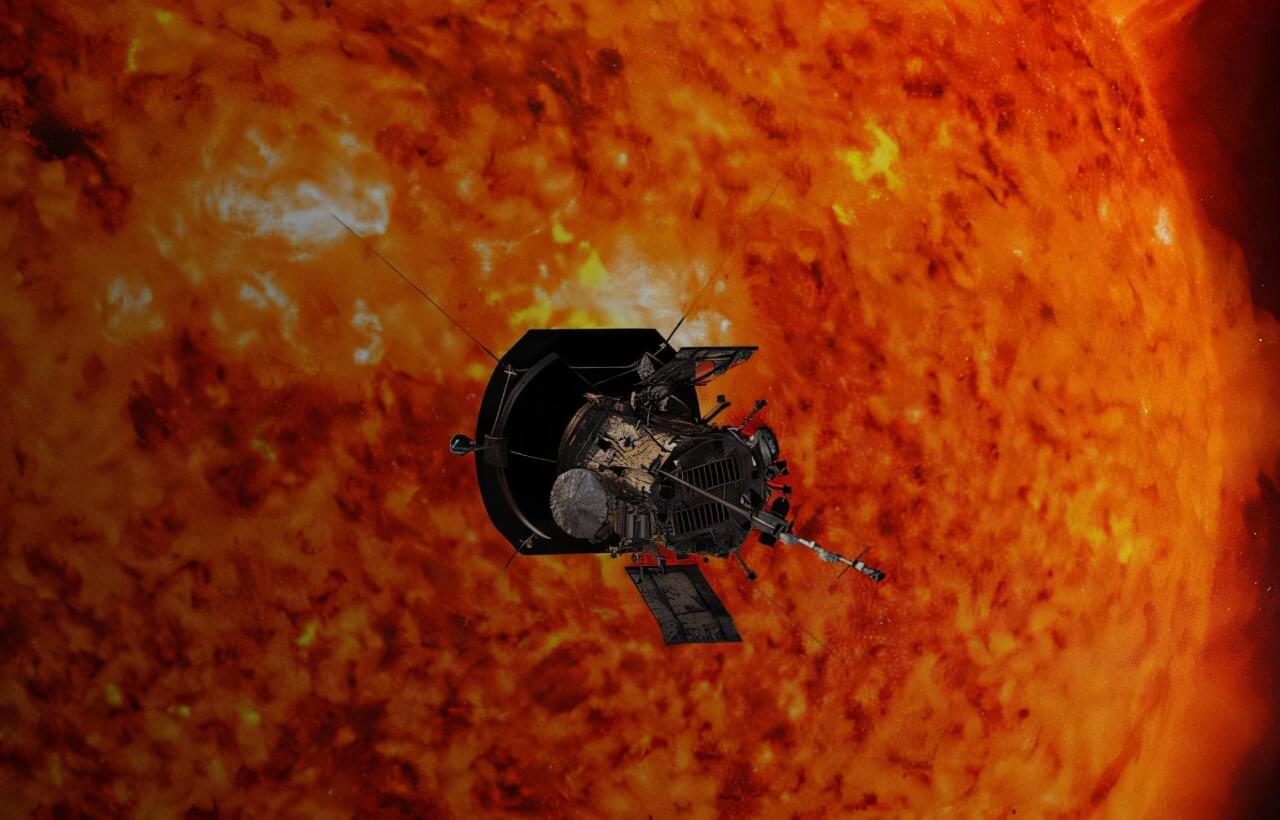Serendipitous discovery of djerfisherite in Ryugu grain challenges current paradigm of the nature of primitive asteroids. A surprising discovery from a tiny grain of asteroid Ryugu has rocked scientists’ understanding of how our Solar System evolved. Researchers found djerfisherite—a mineral typically born in scorching, chemically reduced conditions and never before seen in Ryugu-like meteorites—inside a sample returned by Japan’s Hayabusa2 mission. Its presence suggests either Ryugu once experienced unexpectedly high temperatures or that exotic materials from other parts of the solar system somehow made their way into its formation. Like discovering a palm tree fossil in Arctic ice, this rare find challenges everything we thought we knew about primitive asteroids and the early mixing of planetary ingredients.
The pristine samples from asteroid Ryugu returned by the Hayabusa2 mission on December 6, 2020, have been vital to improving our understanding of primitive asteroids and the formation of the Solar System. The C-type asteroid Ryugu is composed of rocks similar to meteorites called CI chondrites, which contain relatively high amounts of carbon, and have undergone extensive aqueous alteration in their past.
A research team at Hiroshima University discovered the presence of the mineral djerfisherite, a potassium-containing iron-nickel sulfide, in a Ryugu grain. The presence of this mineral is wholly unexpected, as djerfisherite does not form under the conditions Ryugu is believed to have been exposed to over its existence. The findings were published on May 28, 2025, in the journal Meteoritics & Planetary Science.
